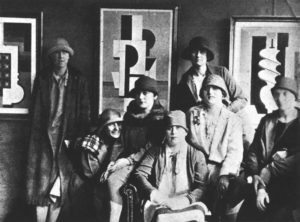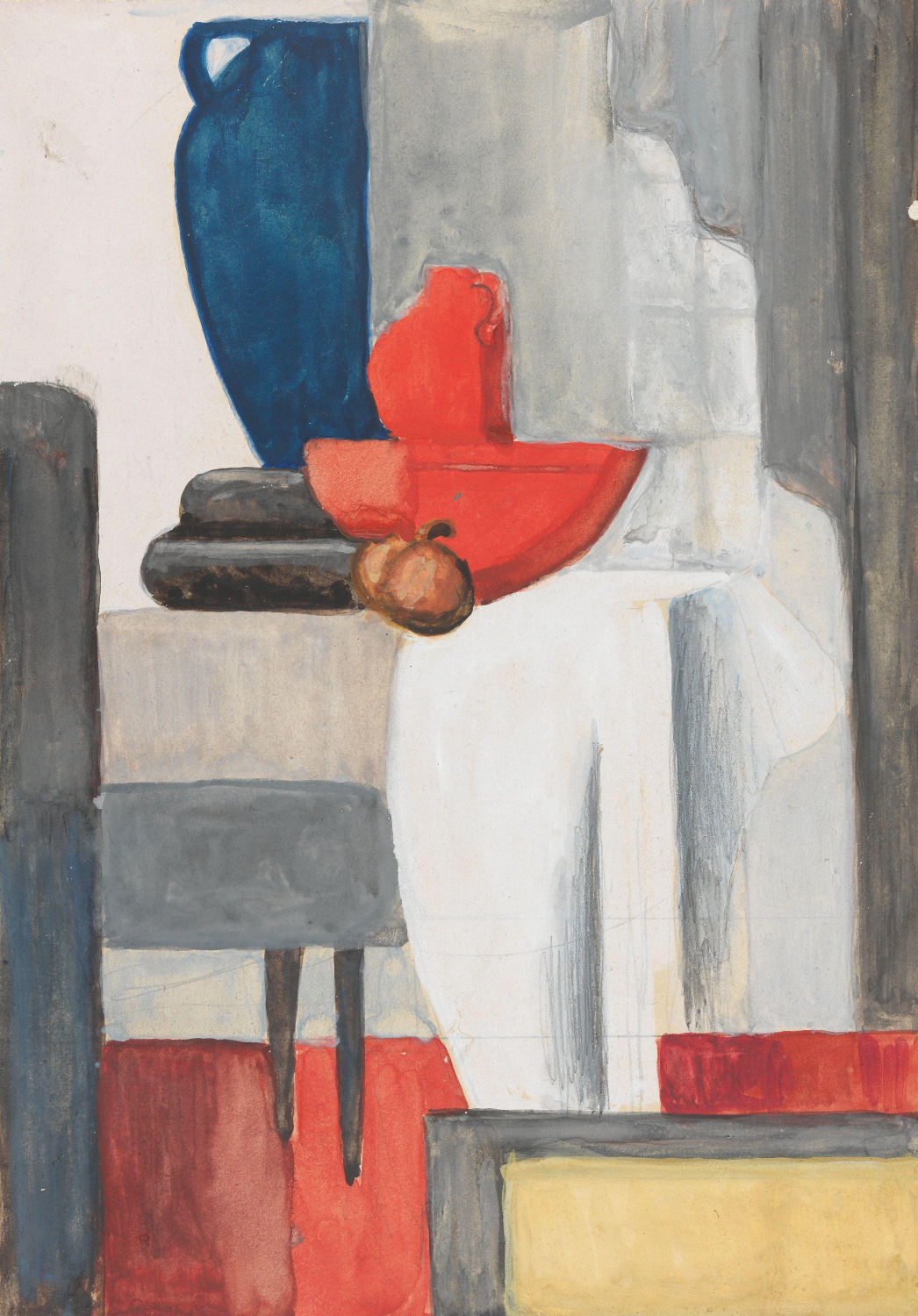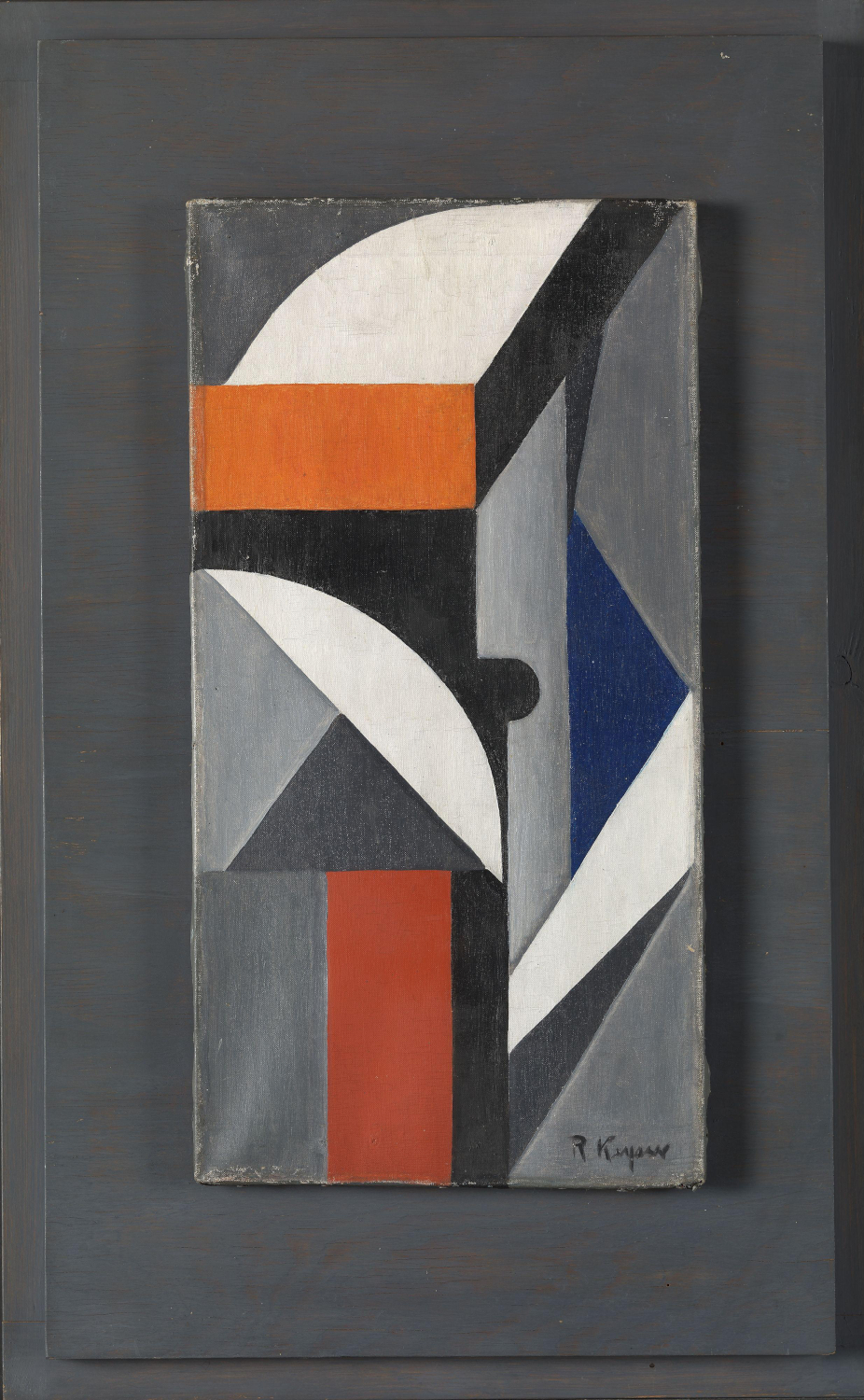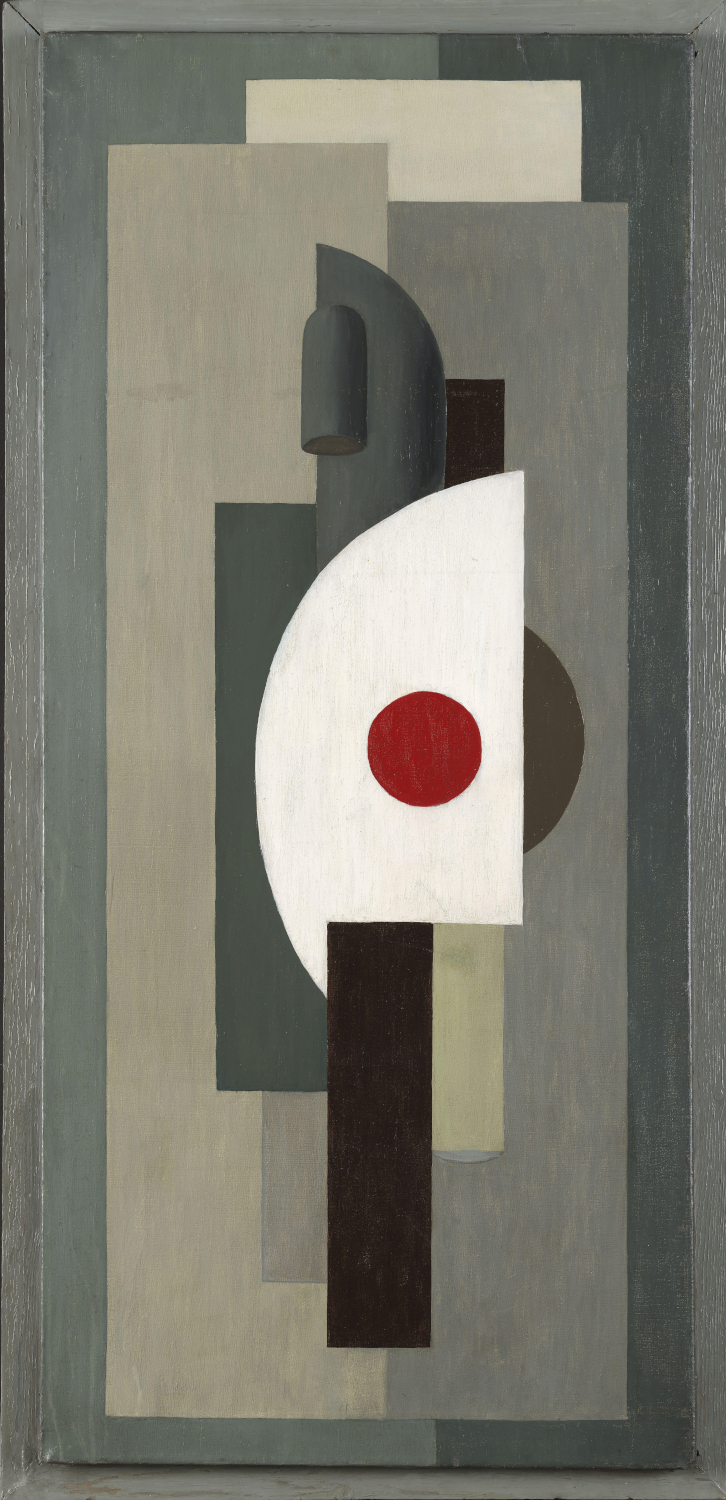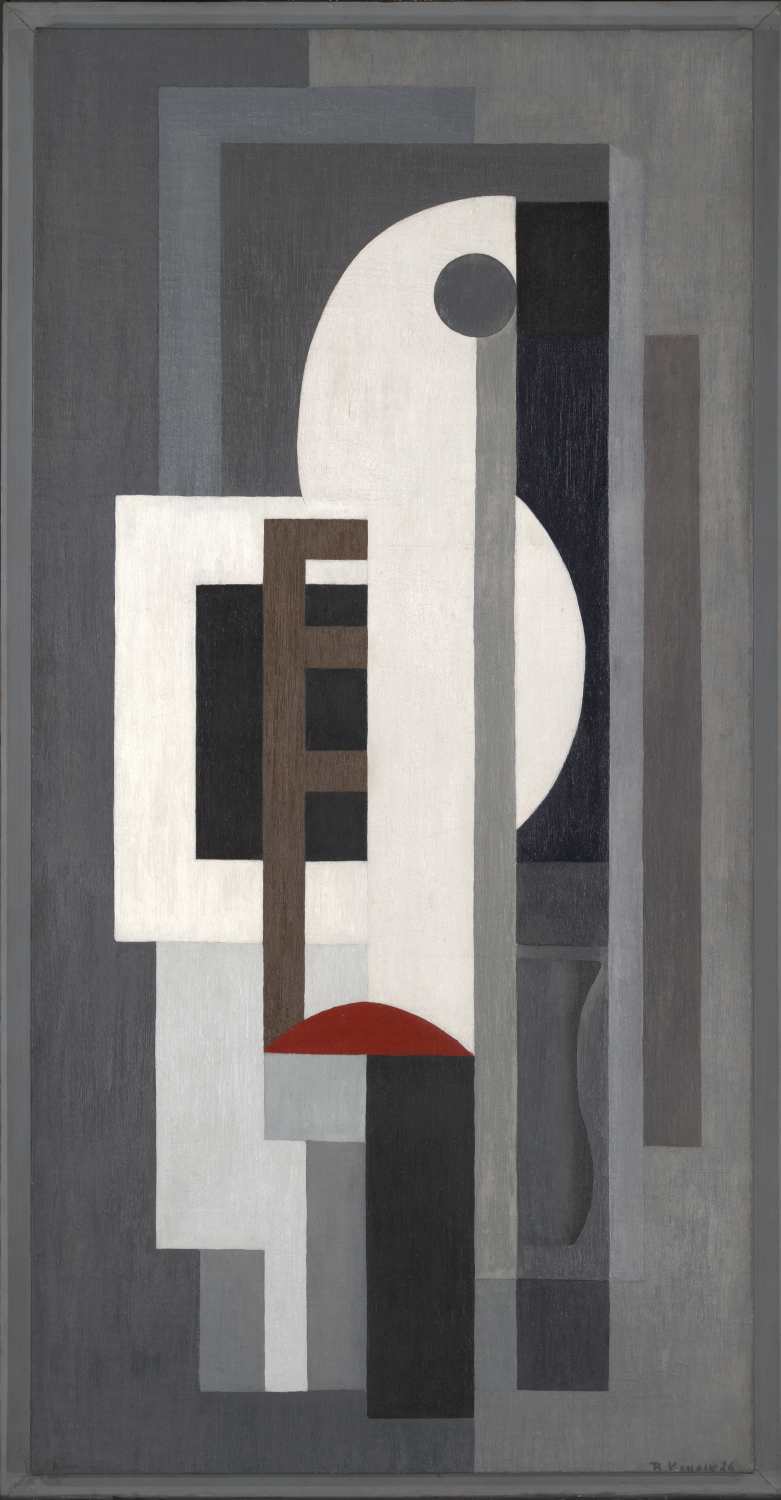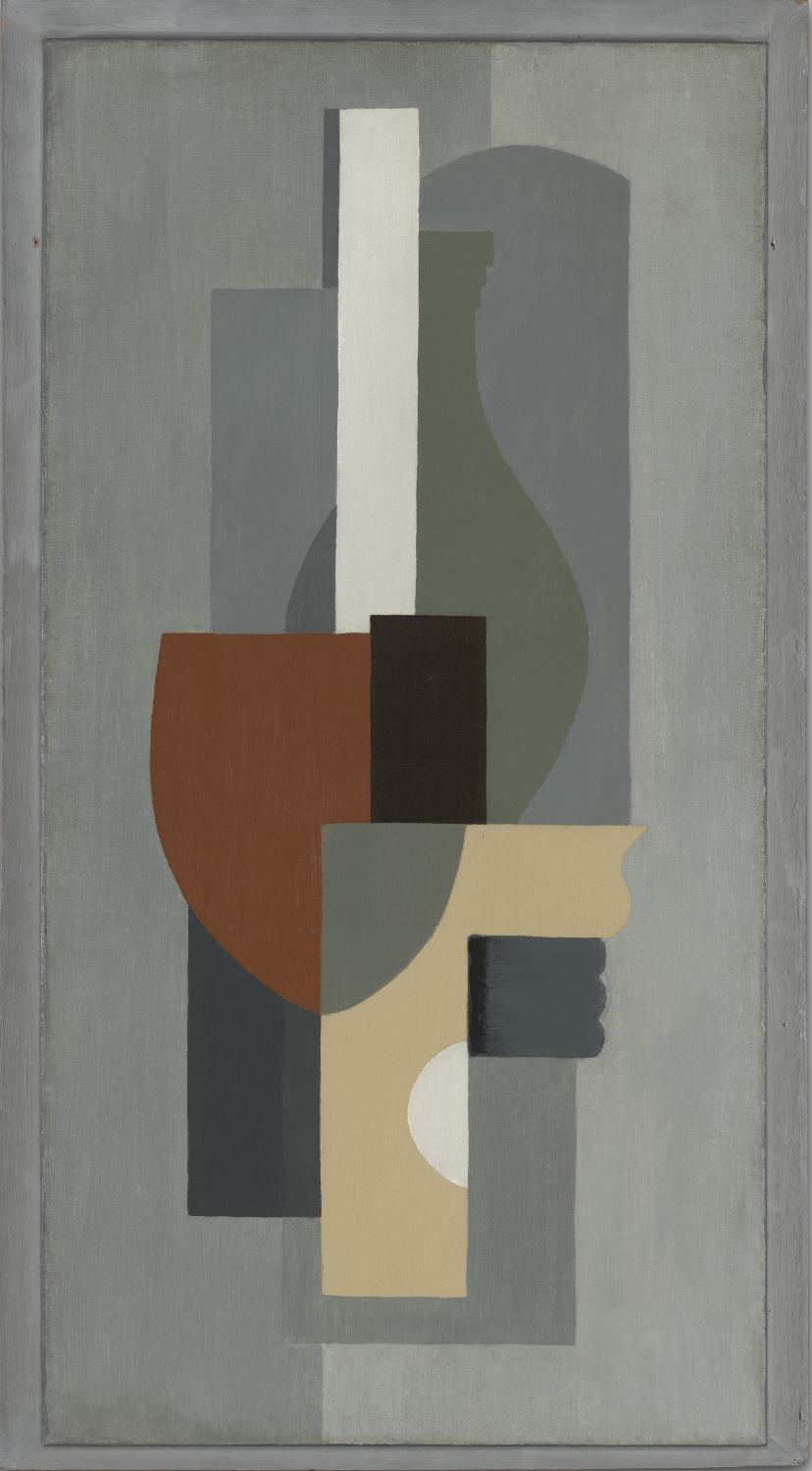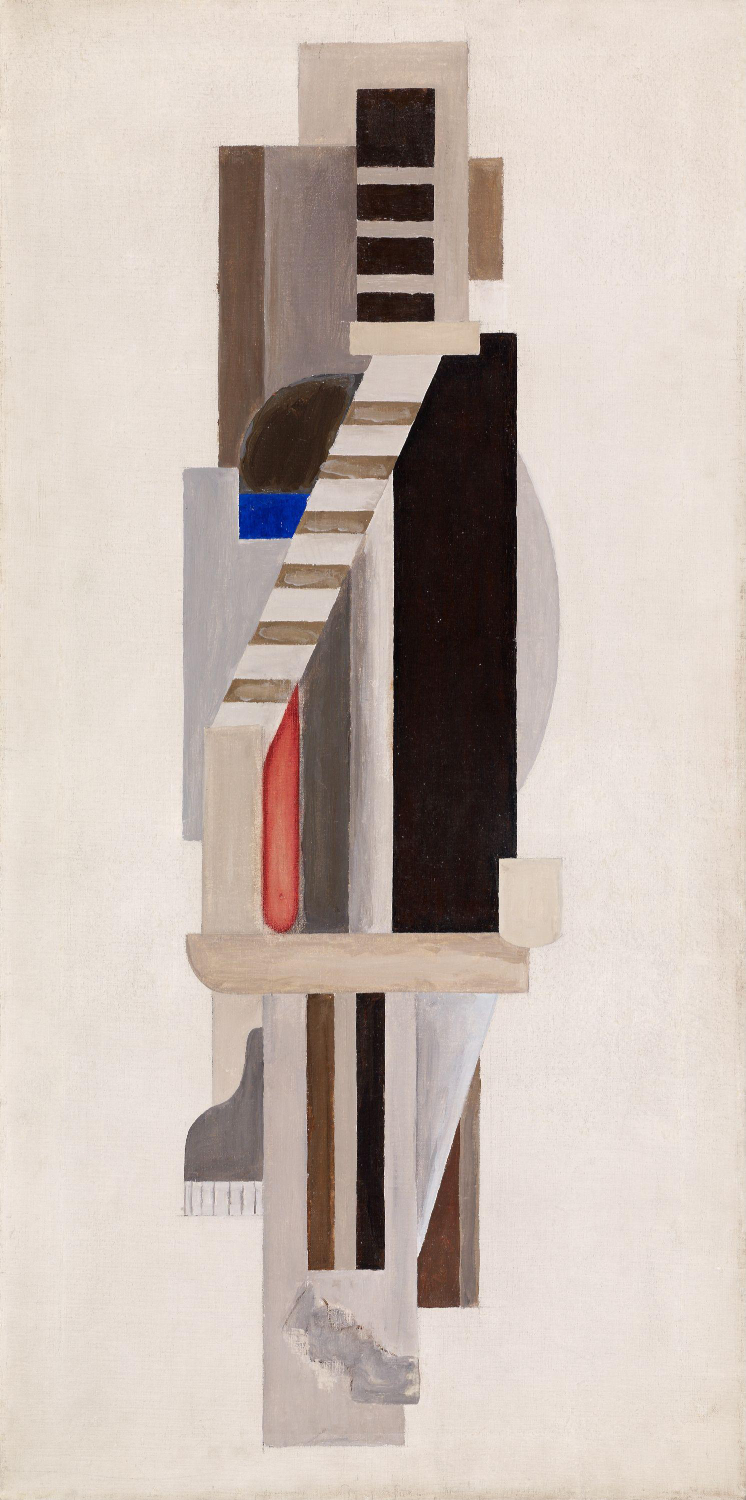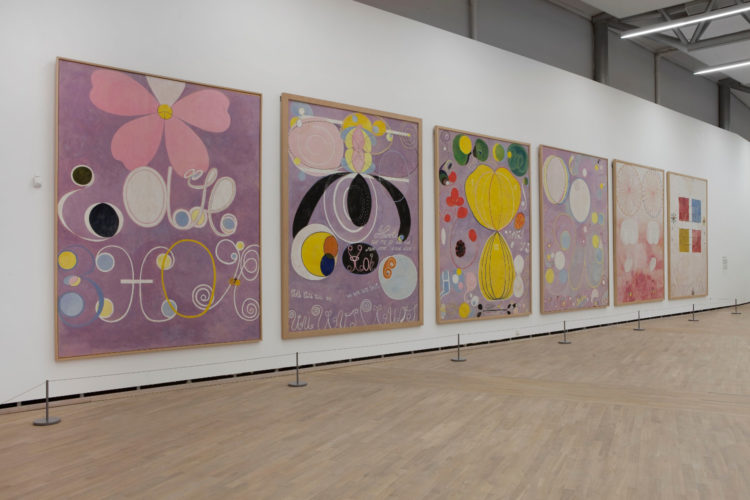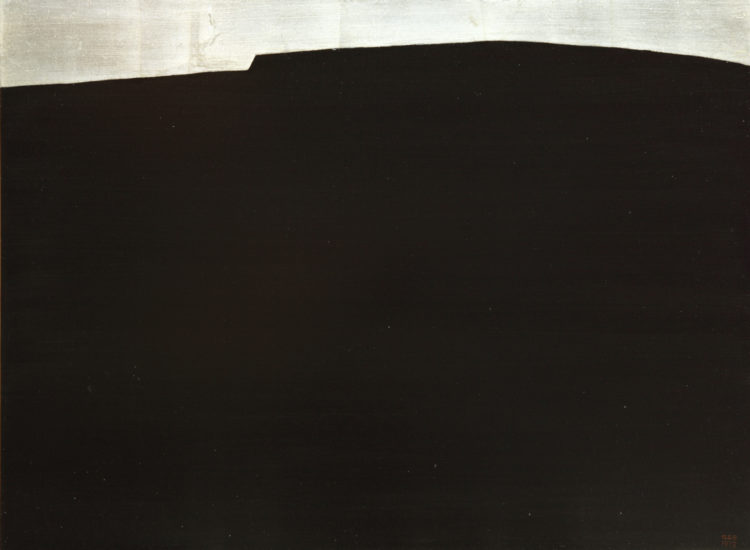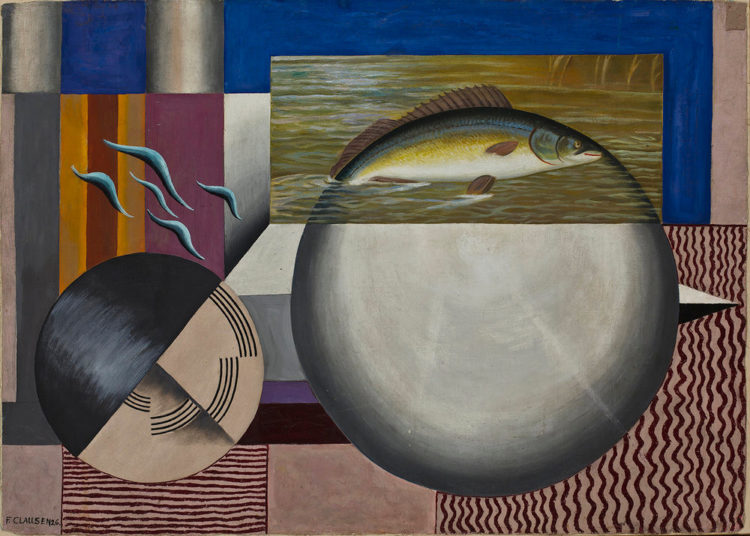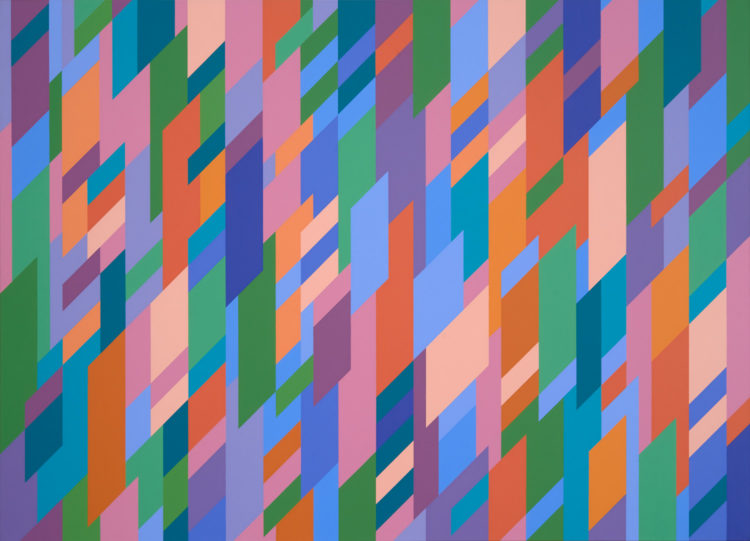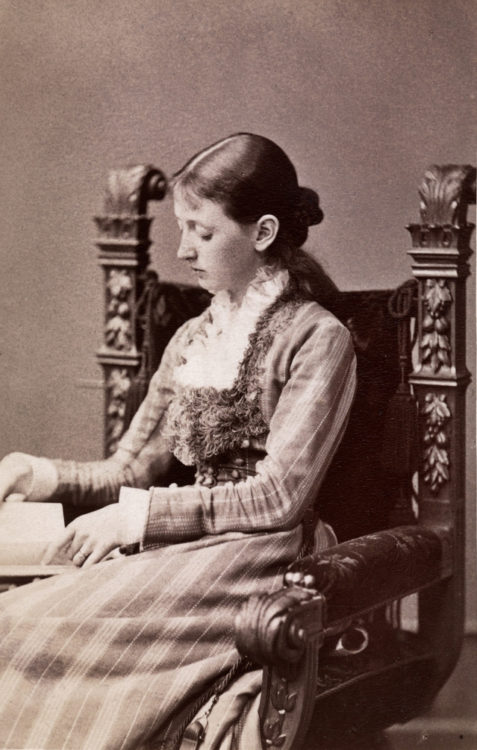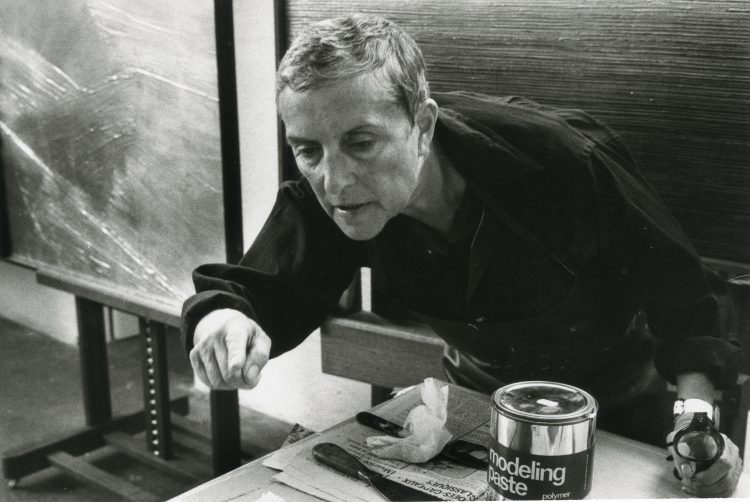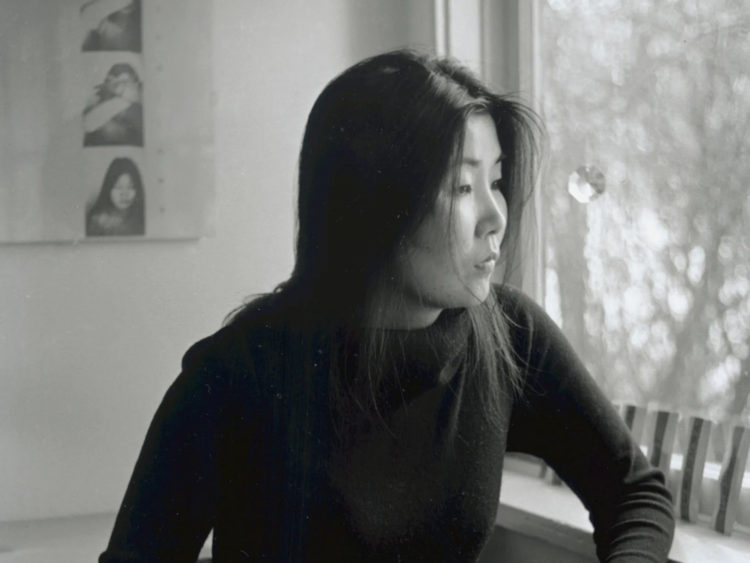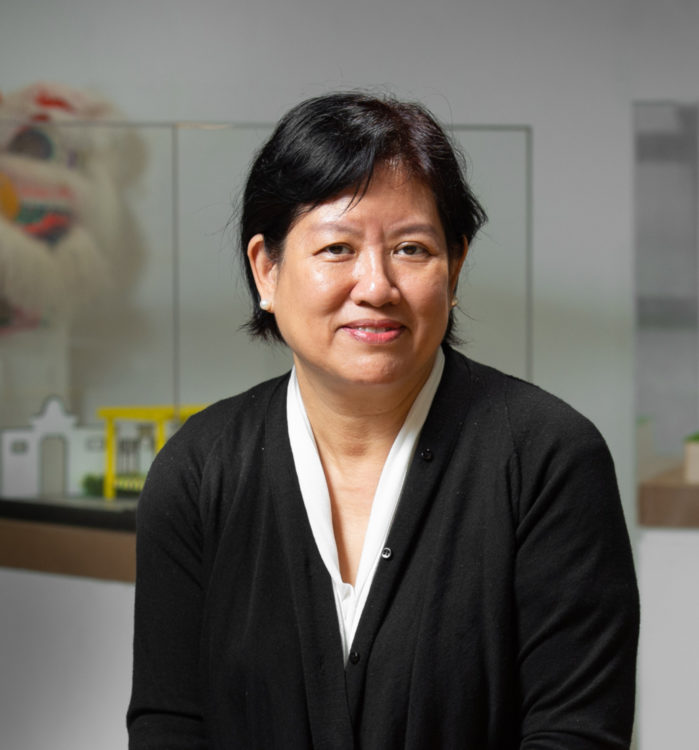Ragnhild Keyser
Mørch, Hilde (ed.), Ragnhild Keyser: fra plankubisme til natrualisme, exh. cat., Rogaland kunstmuseum, Stavanger,(1999) Stavanger, Galleri F15, 1999
→Henrik Moe, Ole, Bj Boym, Per, Hellesen, Fire norske kubister: Thorvald Hellesen, Ragnhild Keyser, Ragnhild Kaarbø, Charlotte Wankel, exh. cat., Henie-Onstad kunstsenter, Høvikodden, (April 19-May 18, 1986); Lillehammer bys Malerisamling (June 7-September 14, 1986); Bergen kunstforening (October 23-November 9,1986); Trondheim kunstforening (November 16-December 14, 1986), Høvikodden, Henie-Onstad kunstsenter, 1986
→Johanne Mørch, Hilde, Tre norske avantgardekunstnere i 1920-årene: Ragnhild Keyser (1889-1943), Ragnhild Kaarbø (1888-1949), Charlotte Wankel (1888-1969), Oslo, Universitetet i Oslo, 1993
International Women, Riverside Museum, New York, October 17, 1939-January 14, 1940
→Ragnhild Keyser, Blomqvists Kunsthandel, Oslo, 1932
→International Exhibition of Modern Art, Brooklyn Museum, New York, November 19, 1926-January 10, 1927
Norwegian abstract painter.
Ragnhild Keyser enrolled at the painting school run by Harriet Backer (1845-1932) in Oslo in 1909. During her early years she developed a strong interest in travelling, through which she established an international network and learned English and French. When the First World War broke out, she was forced to return to Norway, and in 1916 she began studying at the painting school of Pola Gauguin’s (1883-1961) in Oslo.
R. Keyser moved to Paris in the 1920s. She participated in the summer painting course held by André Lhote (1885-1962), where she was taught by Roger Bissière (1886-1964). Subsequently, she continued as a student of A. Lhote at the Académie Montparnasse between 1920-1923, and later under R. Bissière at the Académie Ranson in 1923. During these years R. Keyser was introduced to the French avant-garde scene of Fauvist and Cubist painters. Her friends Otto Gustaf Carlsund (1897-1948) and Florence Henri (1893-1982) recommended she study at the studio of the Cubist Fernand Léger (1881-1955). In 1925 she enrolled at the Académie Moderne, which taught modern French painting mainly to foreign students (mostly American), and where F. Léger taught.
R. Keyser became deeply influenced by the French Cubist movement during her long and comprehensive education, developing both her painting skills and her own artistic expression. Her works are characterised by a strict stylistic composition, as her painting Armour (1926), which has a colour choice of a dark grey and blue scale, contrasting a white abstract figure that lightens the picture with a centred red dot. Her use of dark hues and her more subtle choice of composition, distinguishes her from many early Cubists, who used a more explicit colour and detailed composition.
R. Keyser was one of the first female Norwegian artists who went to Paris during the post-war years of the 1920s. She filled an important place in the French abstract avant-garde at the time, and exhibited with artists like F. Léger, Pablo Picasso (1881-1973), Juan Gris (1888-1927), Piet Mondrian (1892-1944), as well as Sonia and Robert Delaunay (1885-1979, 1885-1941). She participated in several exhibitions in Paris as the Salon des Indépendants in 1923 and 1926, the great international exhibition L’Art d’Aujourd’hui in 1925 and at Académie Moderne’s exhibitions in 1926 and 1927. Her work was also featured at the International Exhibition of Modern Art at the Brooklyn Museum in New York in 1926-1927. She also contributed to the establishment of Purism, created by Le Corbusier (1887-1965) and Amédée Ozenfant (1886-1966), which proposed a more minimalist Cubist style, with focus on more robust forms and lesser detail. Purism was promoted in L’Esprit Nouveau, an art magazine founded by Le Corbusier, A. Ozenfant and the poet Paul Dermée in 1920.
After several years based in Paris, R. Keyser moved back to Norway in the 1930s. Back in Oslo, she integrated the Norwegian art scene where her abstract painting started to take a more naturalistic expression. During her formative years in Paris and in the aftermath of her long career, she was recognised as one of the key figures of abstract painting internationally.
A notice produced as part of the TEAM international academic network: Teaching, E-learning, Agency and Mentoring
© Archives of Women Artists, Research and Exhibitions, 2022


